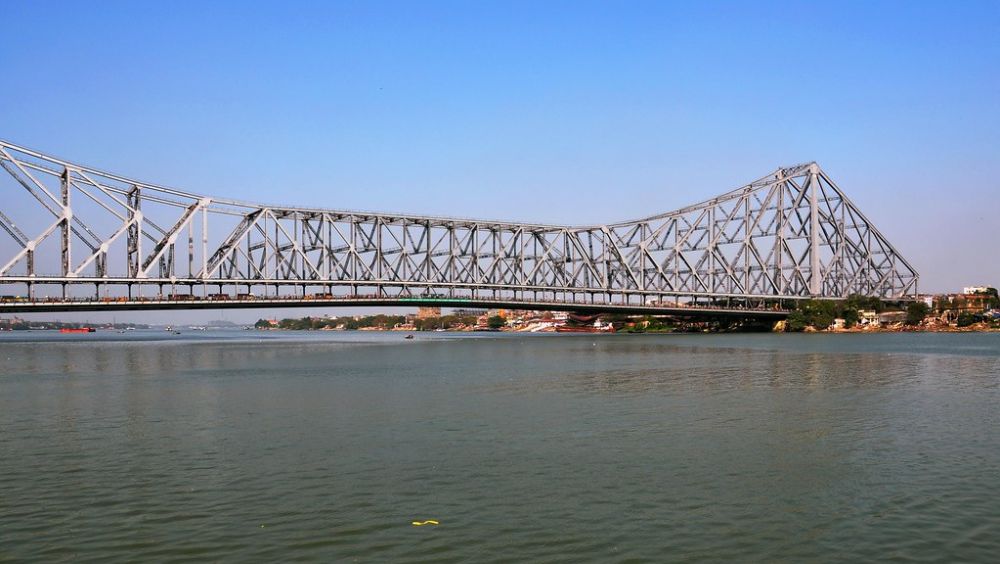

Howrah Bridge, officially known as Rabindra Setu, is one of the iconic landmarks in the vibrant city of Kolkata, West Bengal, India. Since its inception, this bridge has not only been a critical infrastructure project but also a significant tourist attraction that adds to the rich tapestry of Kolkata's history and culture.
The construction of the Howrah Bridge commenced in 1936 and it was opened to the public in 1943. This massive steel structure spans the Hooghly River and serves as a lifeline connecting the city of Kolkata with its neighboring city, Howrah. The bridge's name was changed to Rabindra Setu in 1965, in honor of the Nobel laureate Rabindranath Tagore. However, it is still popularly known by its original name, Howrah Bridge.
Designed by the British firm, Rendel, Palmer and Tritton, the Howrah Bridge is a cantilever bridge that was a remarkable feat of engineering during its time. It quickly became an emblem of Kolkata and an attraction for visitors from all over the world. The Bridge has been featured in numerous films, literature, and documentaries, becoming a cultural symbol as well.
Since the middle of the 20th century, tourists have been drawn to this architectural marvel. The visual spectacle of the bridge, especially at night when it is lit up, coupled with the hustle and bustle of daily life, offers a unique experience of Kolkata. Initially, tourists visited the bridge primarily to admire its engineering and historical importance. However, over the years, it has become much more than that. The area around Howrah Bridge has developed into a hub of activity with markets, food stalls, and cultural performances, attracting tourists from various walks of life.
Today, a visit to the Howrah Bridge is often included in guided tours of the city, with special emphasis on its significance in connecting two diverse cultures and economies. The view from the bridge is spectacular, presenting the perfect snapshot of Kolkata’s river life and skyline. Visitors often walk across the bridge to enjoy close-up views of the intricate steelwork and the panoramic vistas of the city and river.
In recent years, there has been a growing trend in cultural and heritage tourism in Kolkata, with Howrah Bridge at the forefront. The city government and tourism board have been actively promoting walking tours which include the bridge as a key attraction. Additionally, with a growing interest in sustainable tourism, more tourists opt for non-motorized boat rides on the Hooghly River providing an opportunity to experience the grandeur of the Howrah Bridge from the water.
Moreover, the nearby area, including the centuries-old Mullick Ghat Flower Market and colonial-era buildings, adds more layers to the tourist's experience. These areas consistently see a flux of international and domestic tourists who are eager to capture the essence of old Kolkata, making Howrah Bridge not just a structural attraction but a gateway to the bygone eras.
The story of Howrah Bridge is deeply interwoven with that of Kolkata and its people. The Bridge, standing tall and majestic, continues to not only support the weight of vehicles and pedestrians but also embodies the historical and cultural spirit of the city. For tourists, it provides an unforgettable experience that goes beyond sightseeing and ventures into the realm of living history.